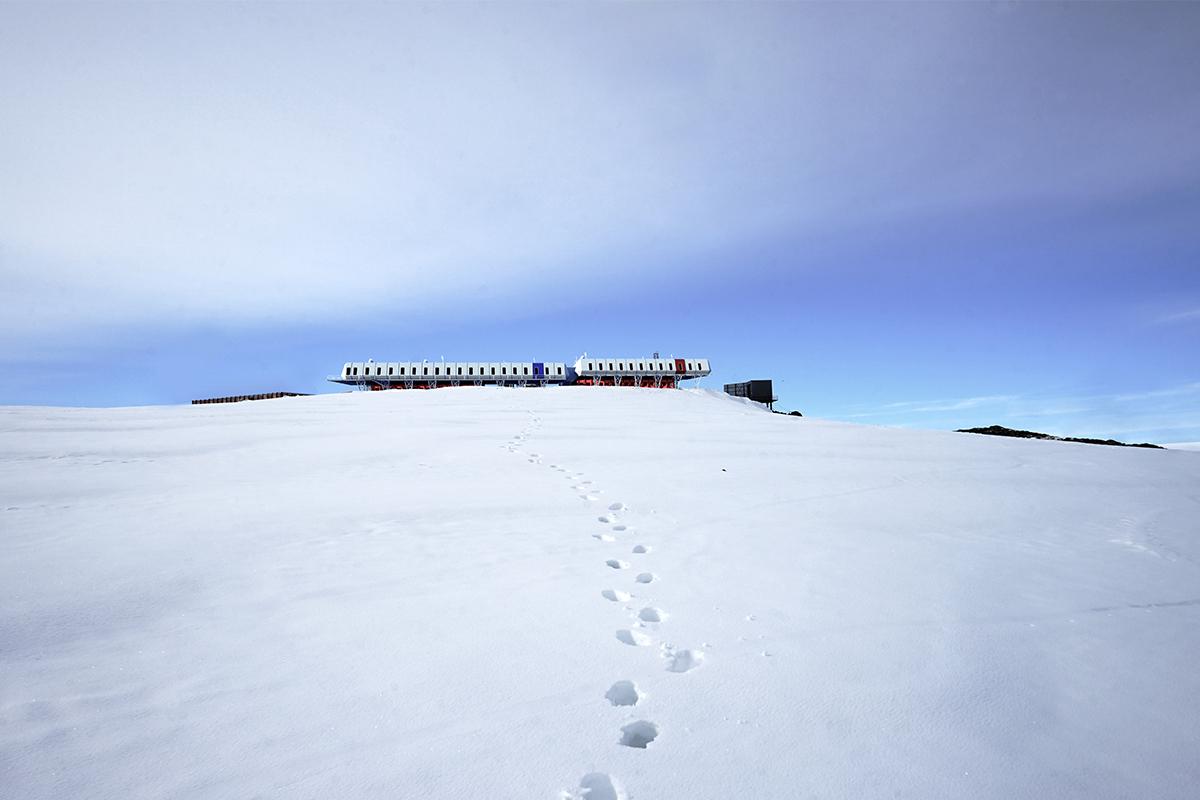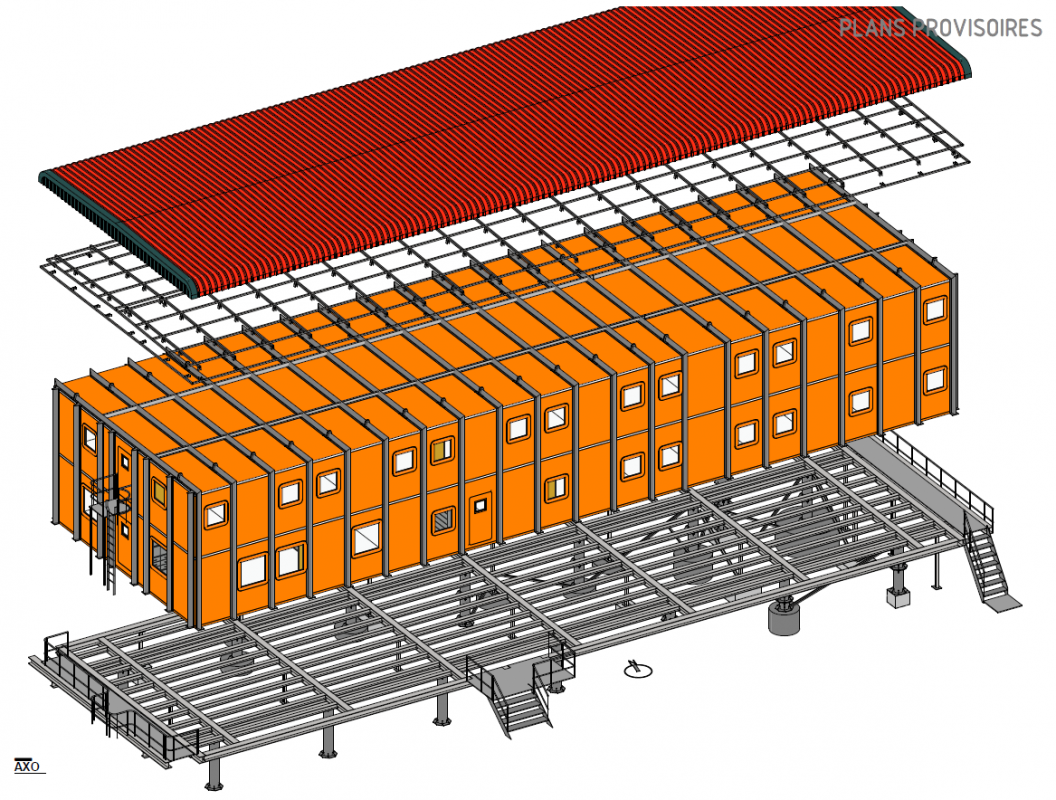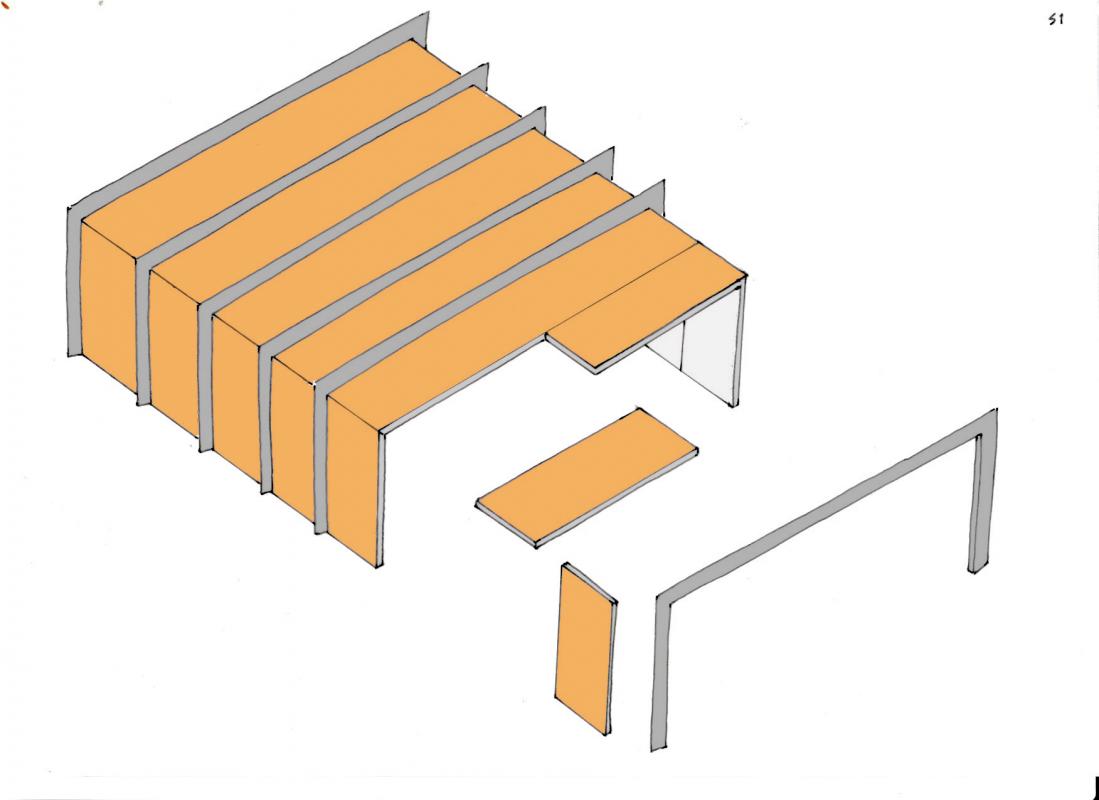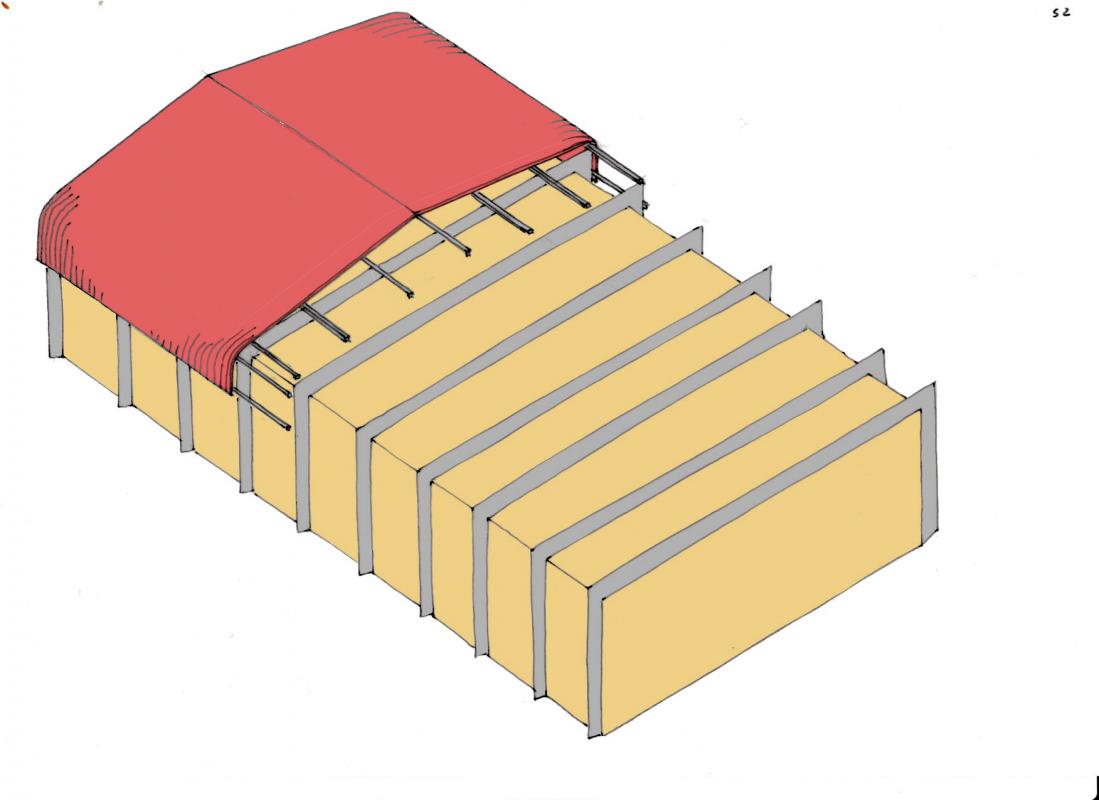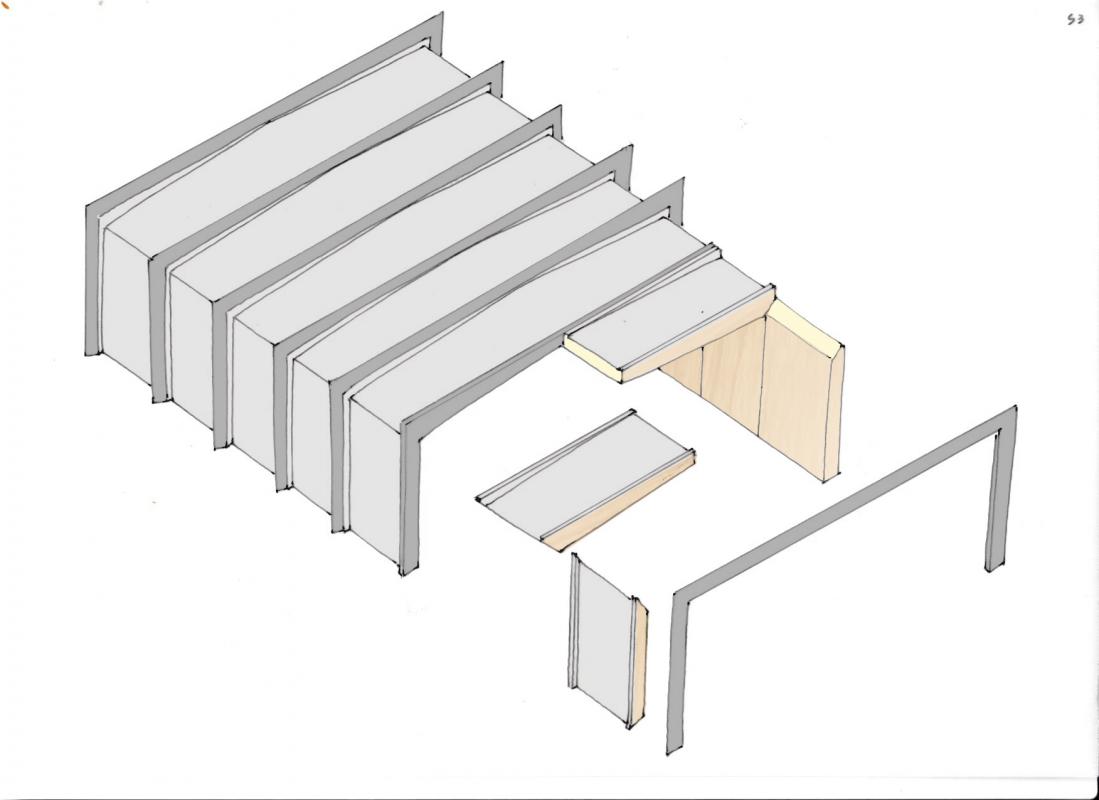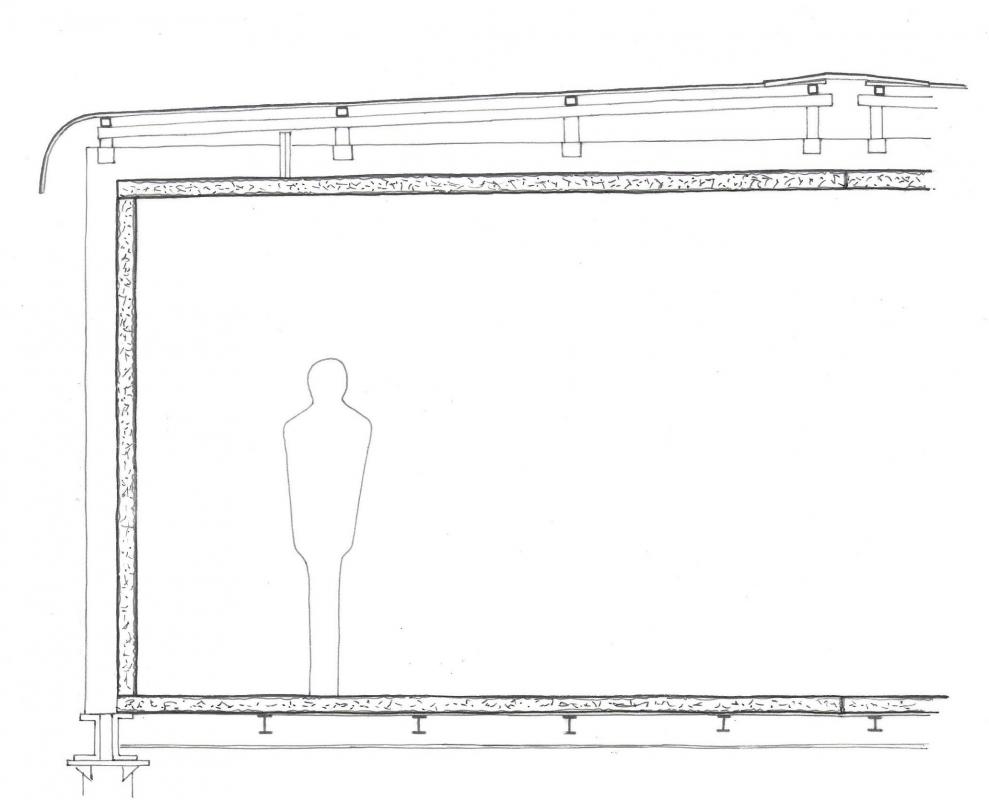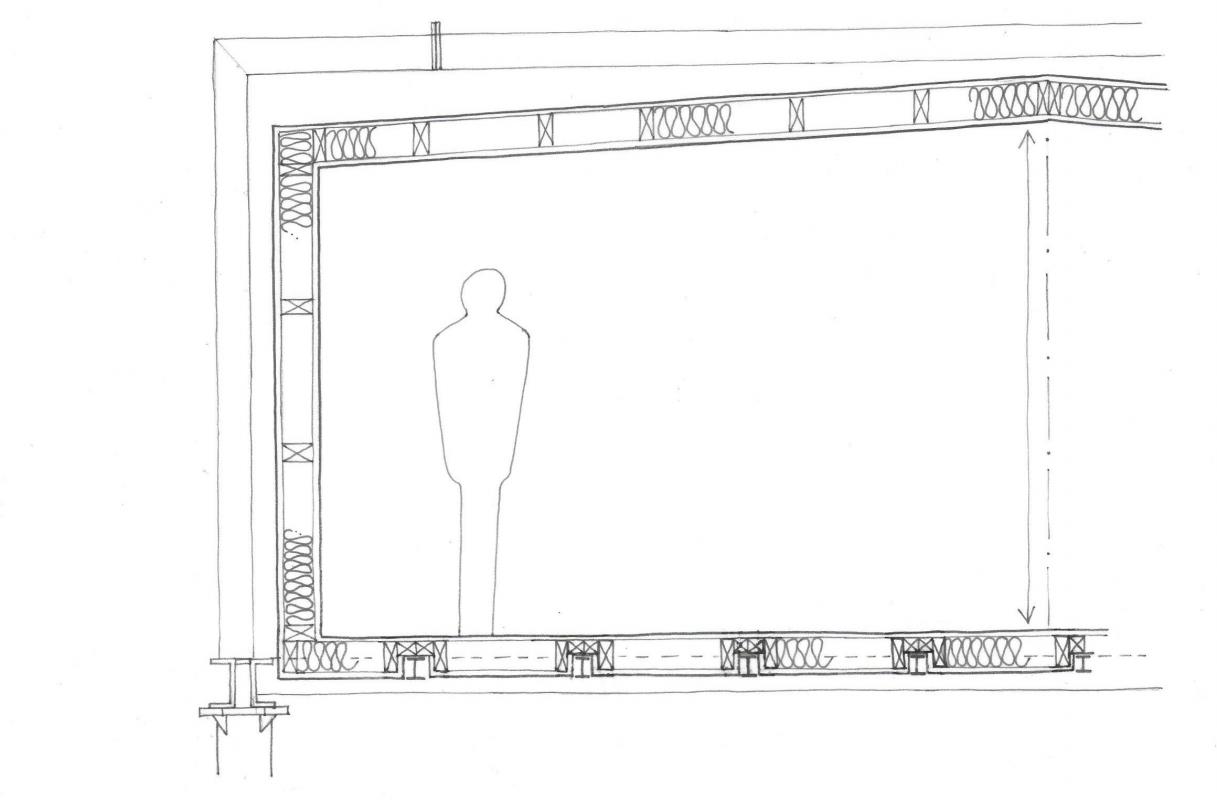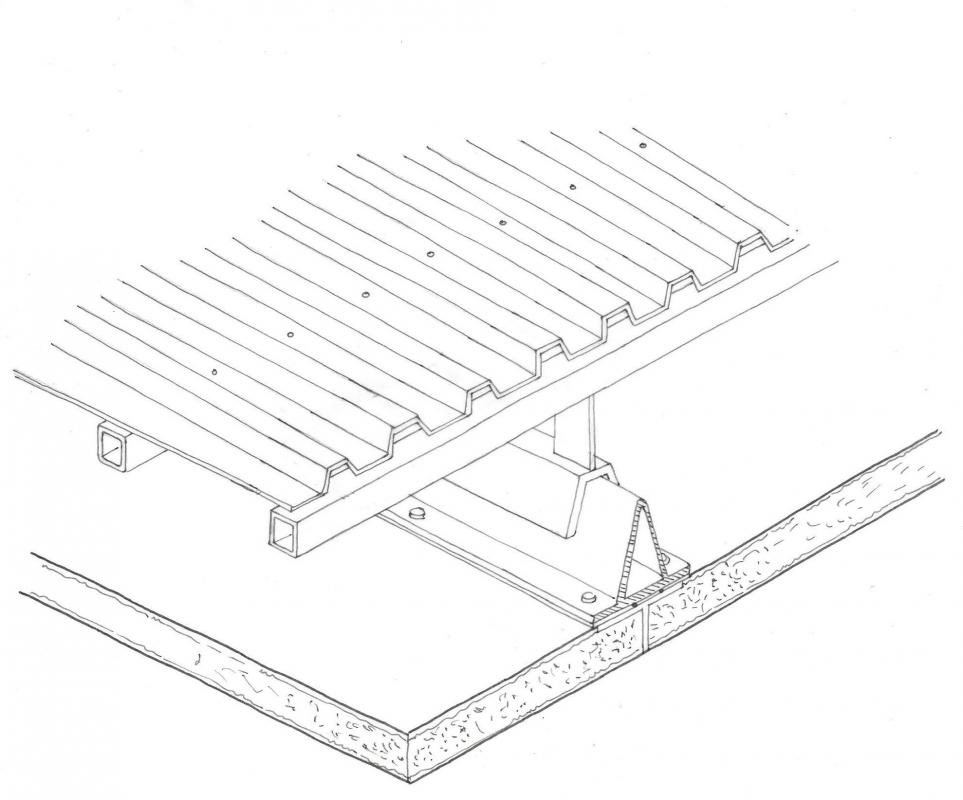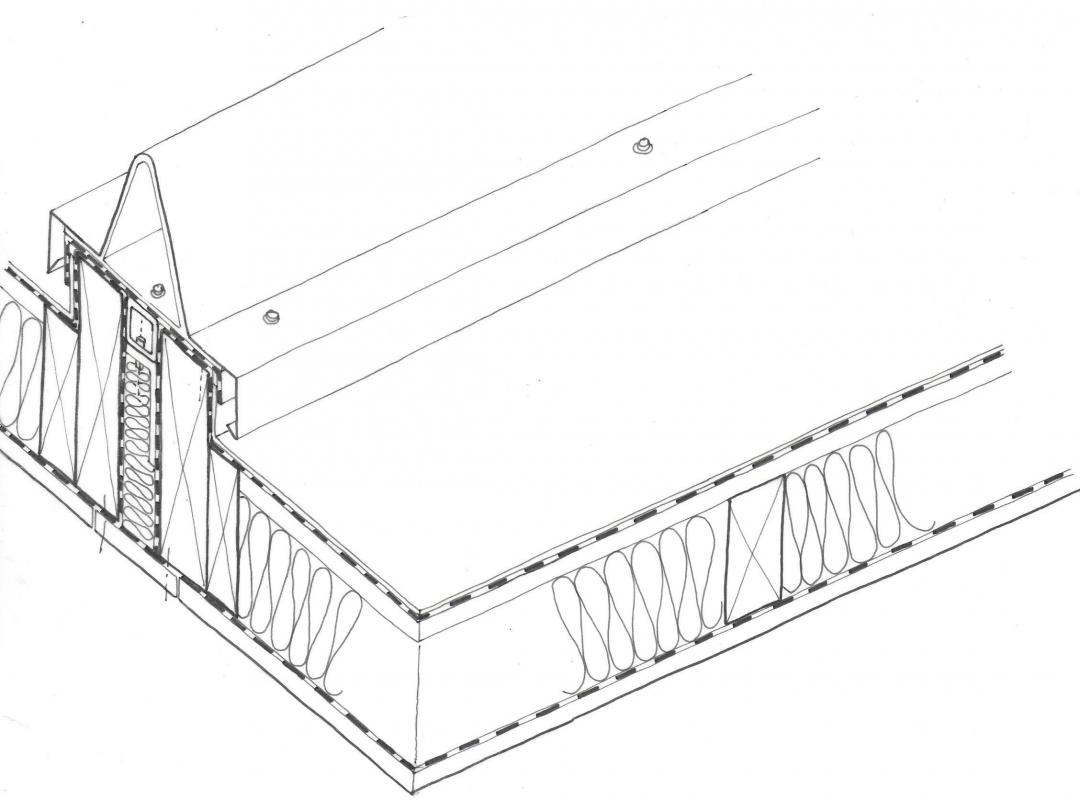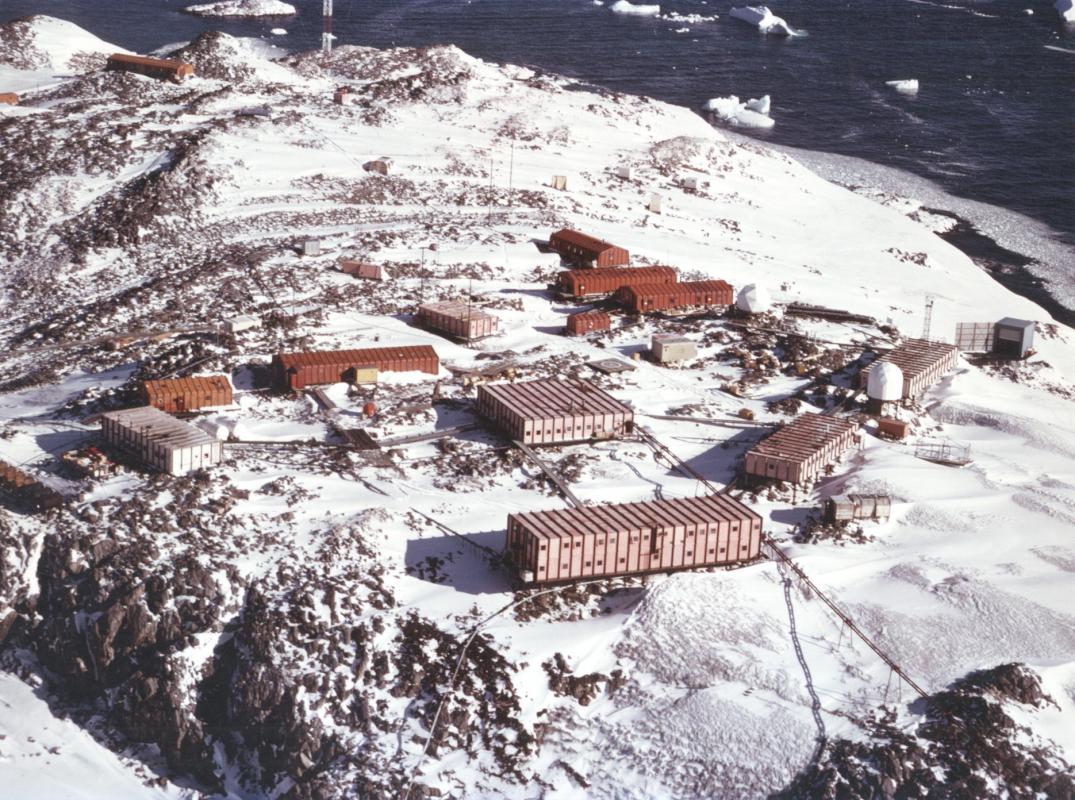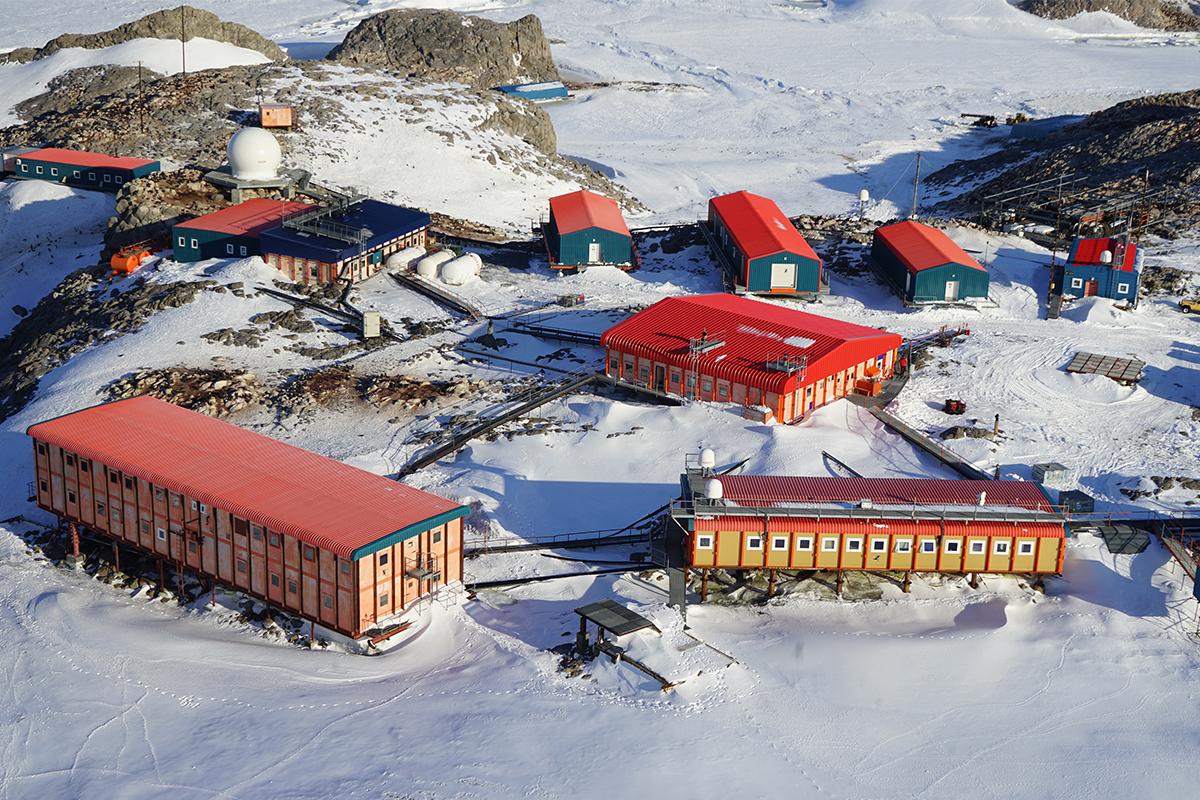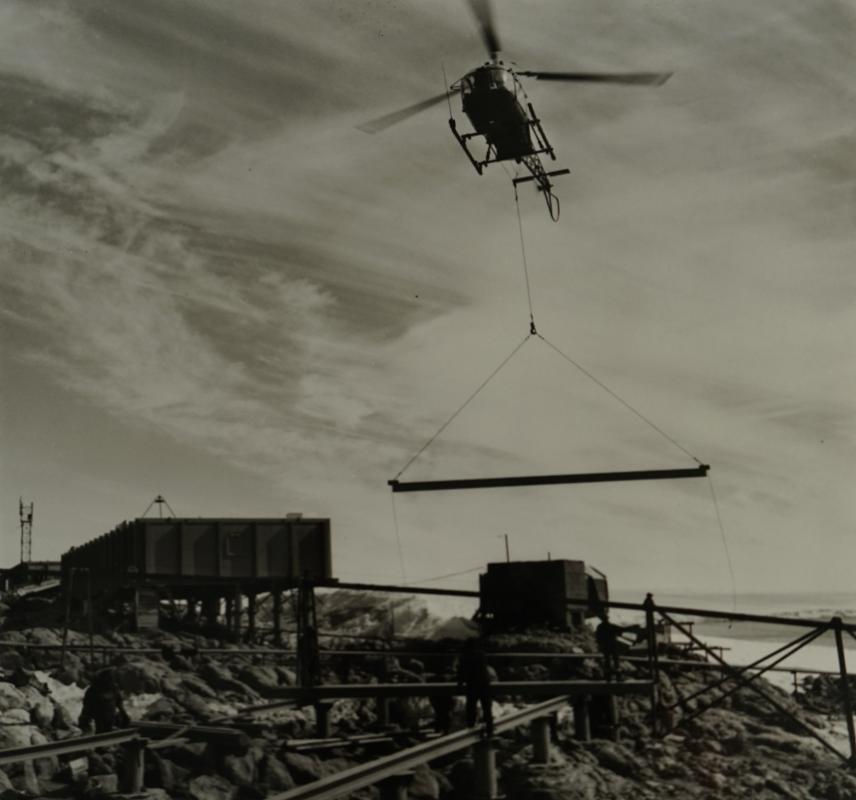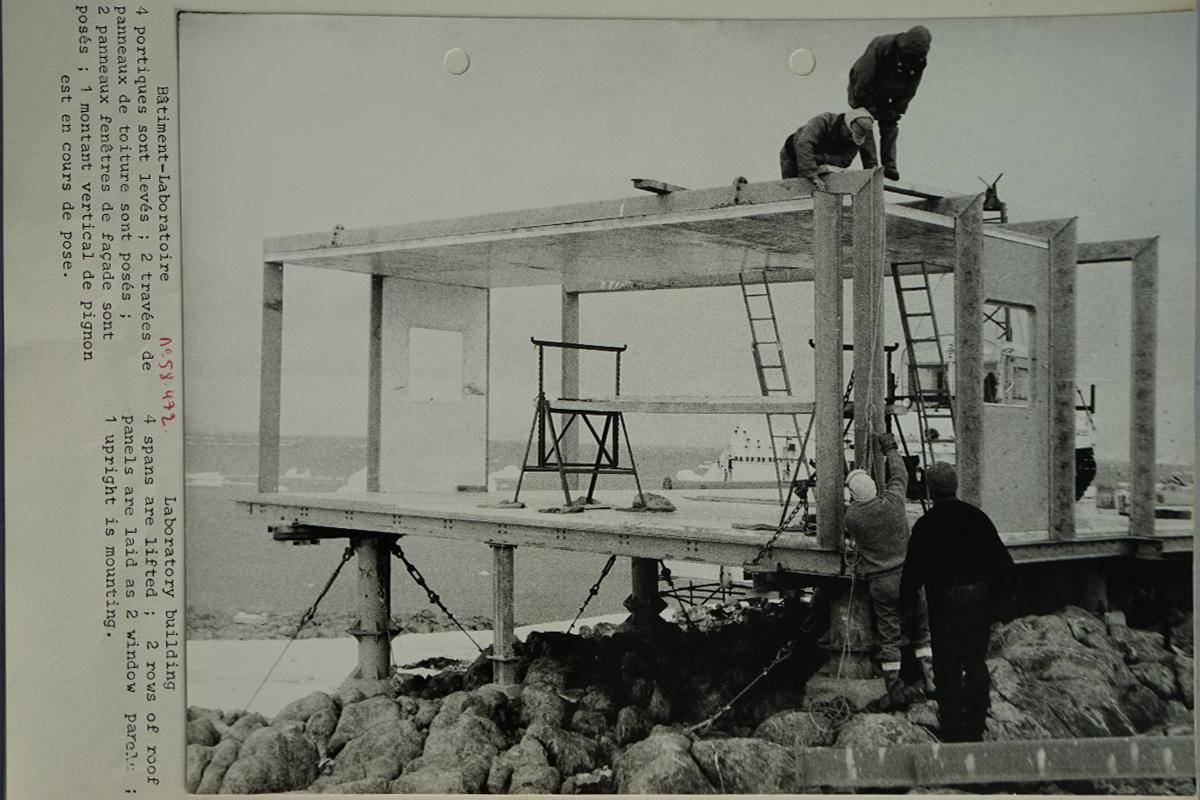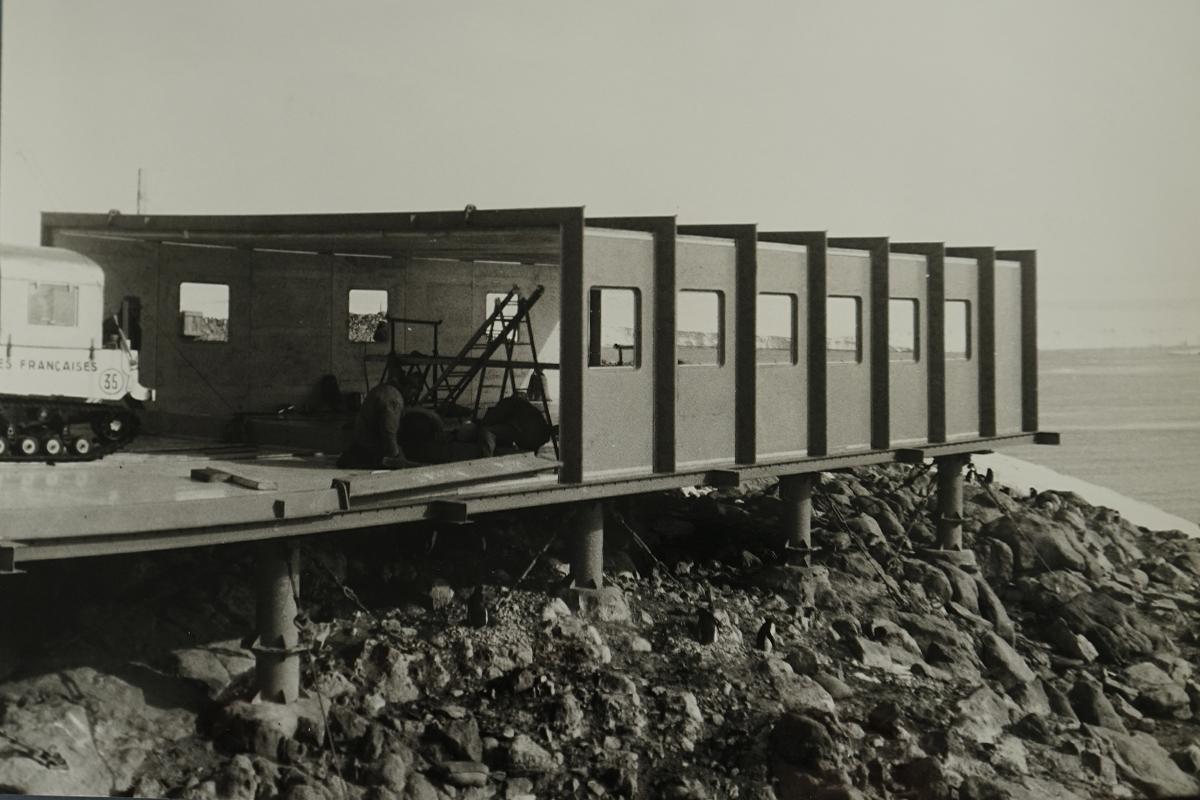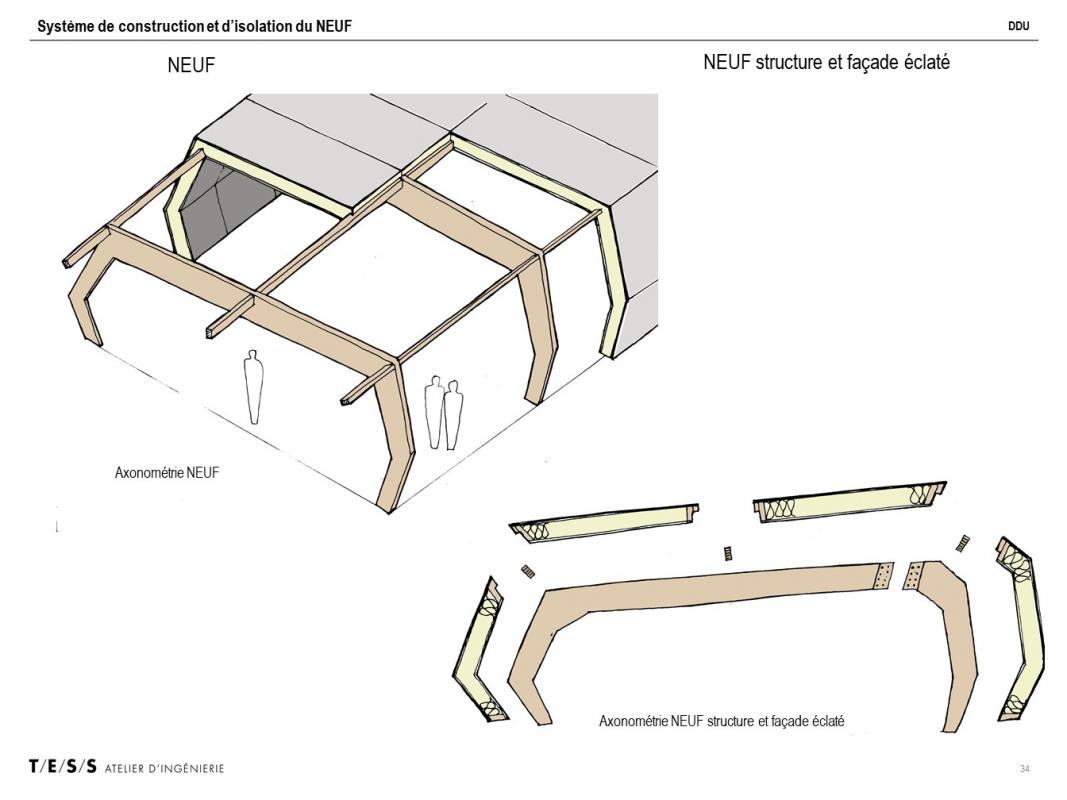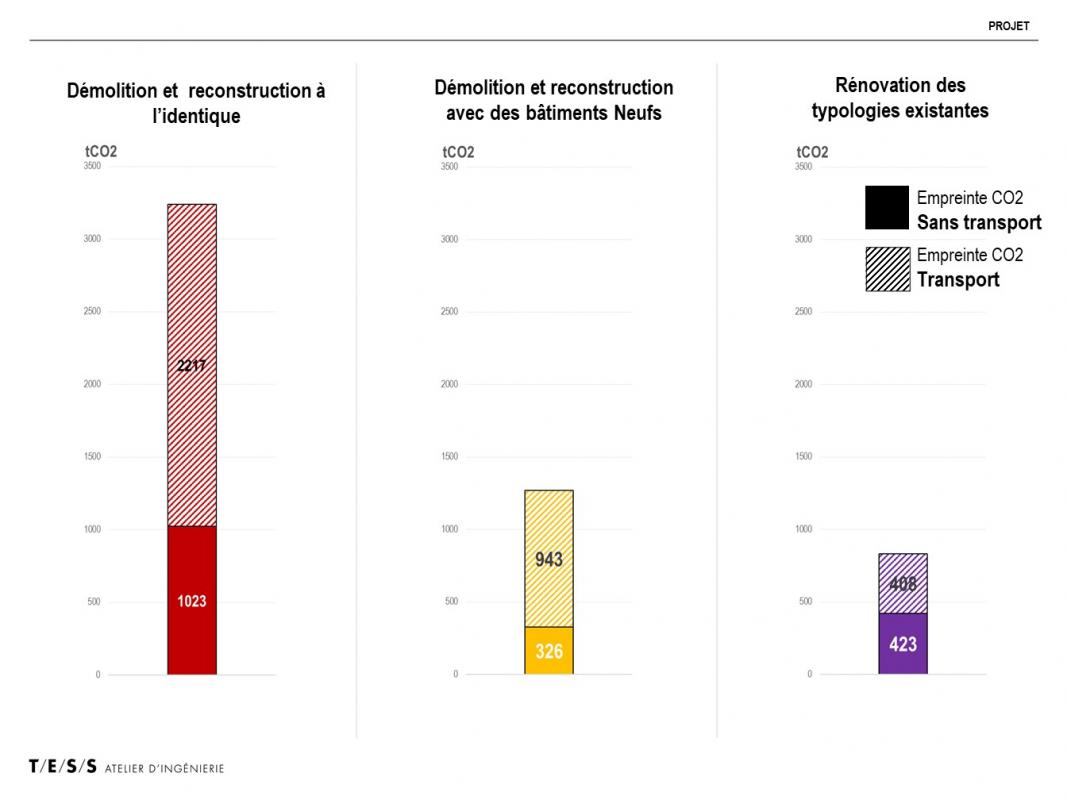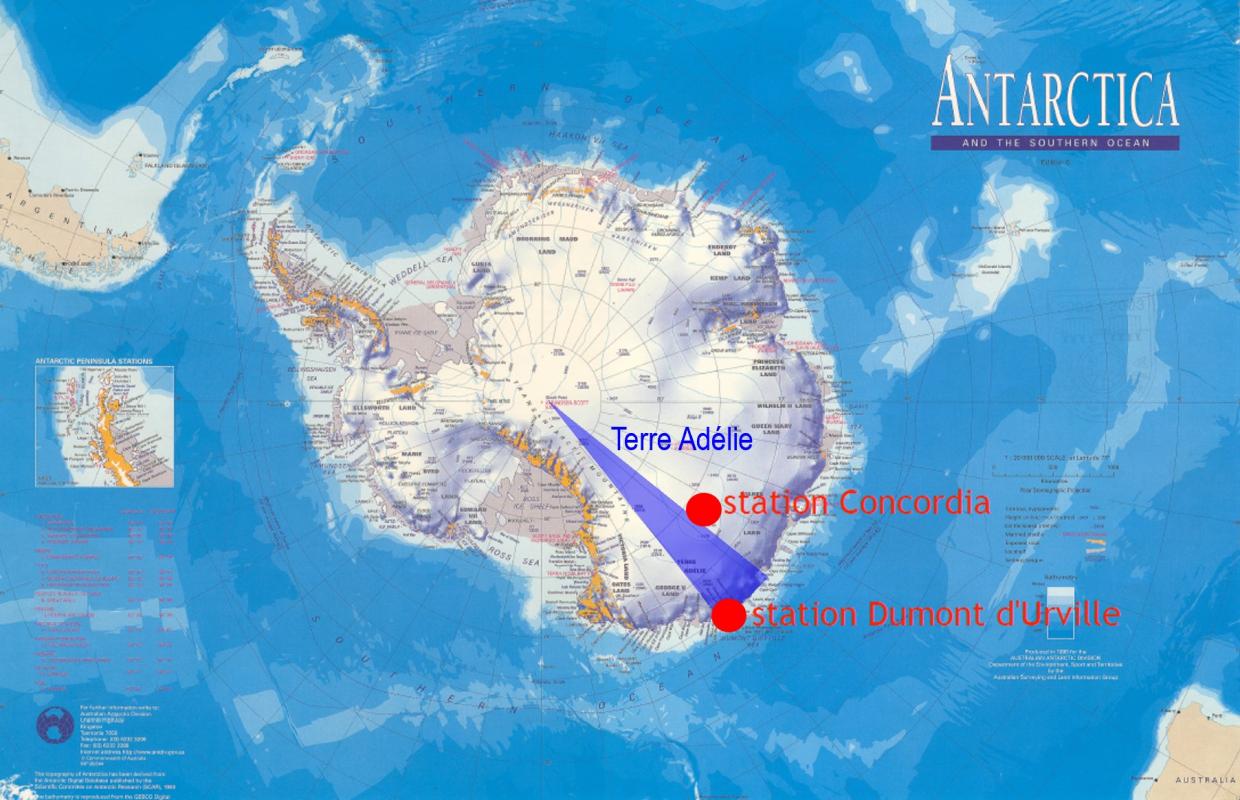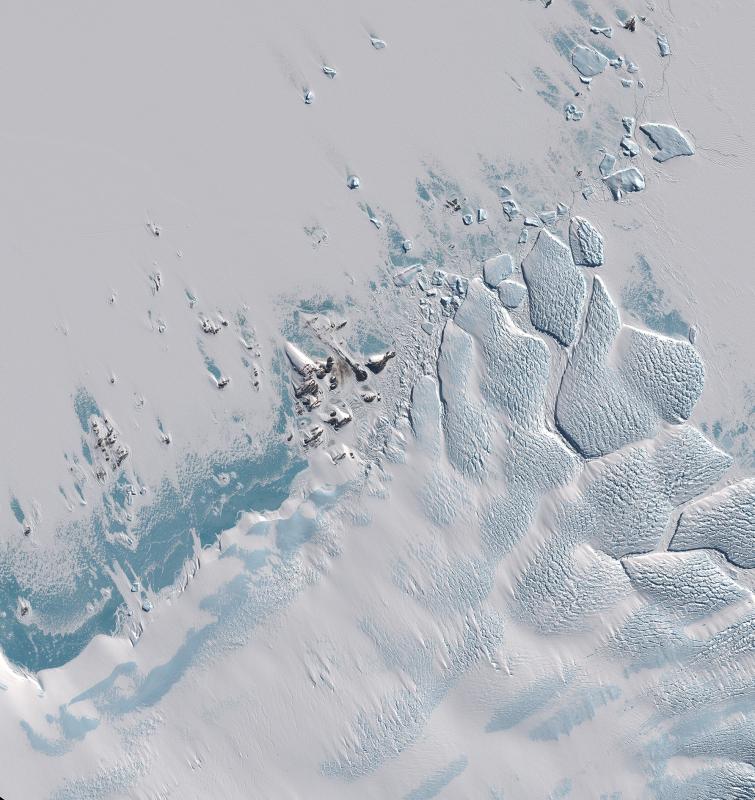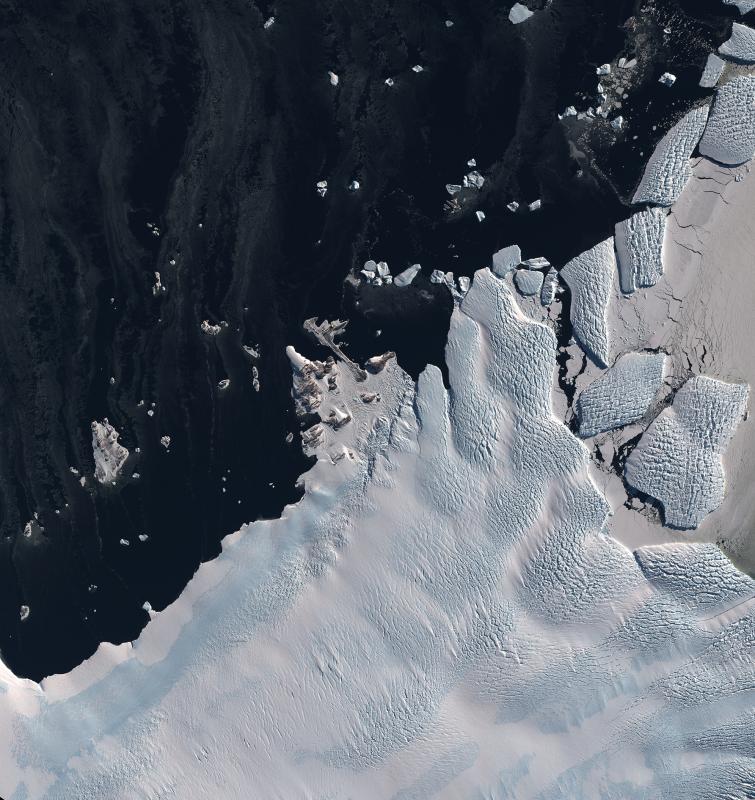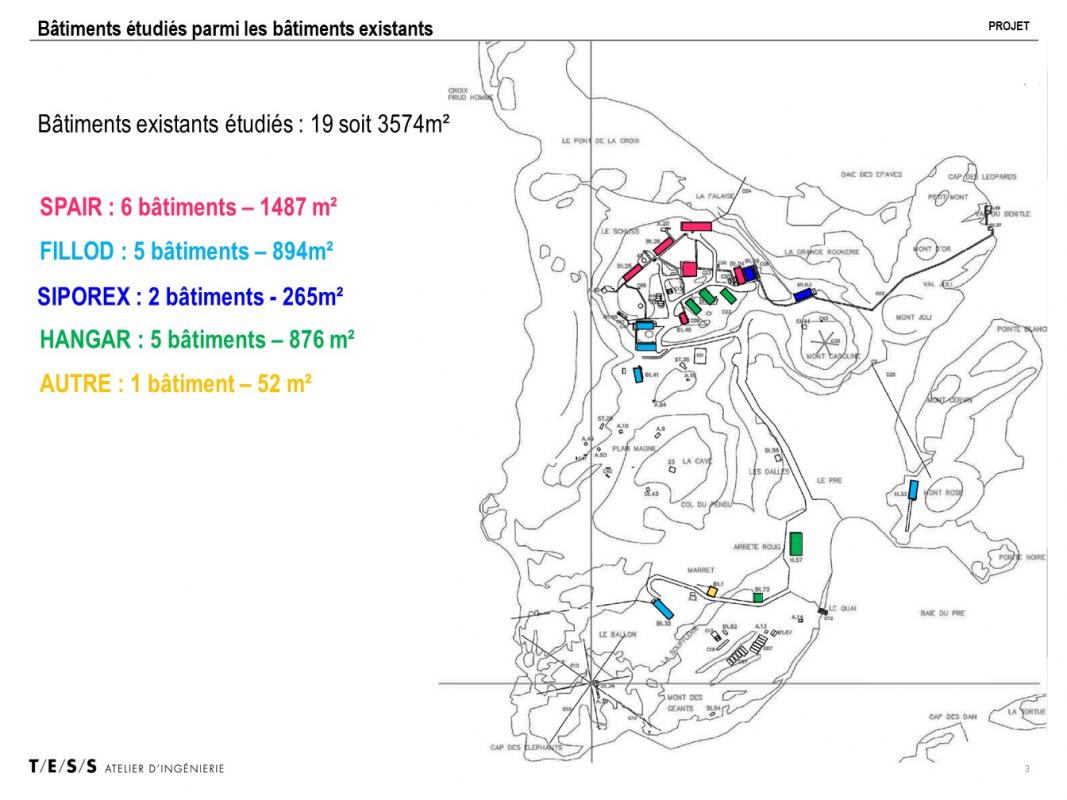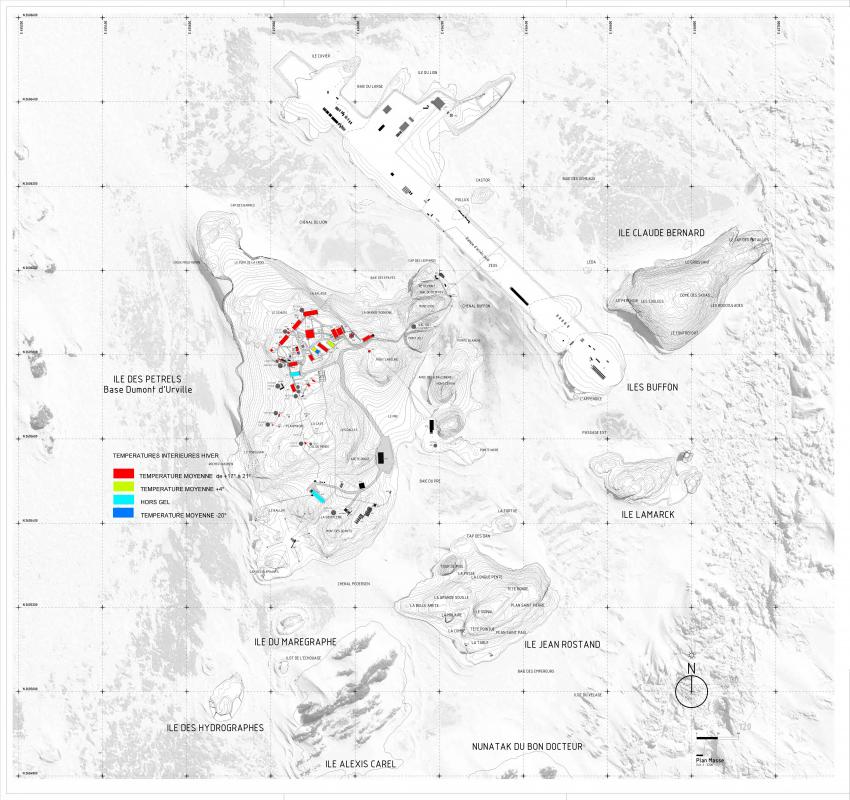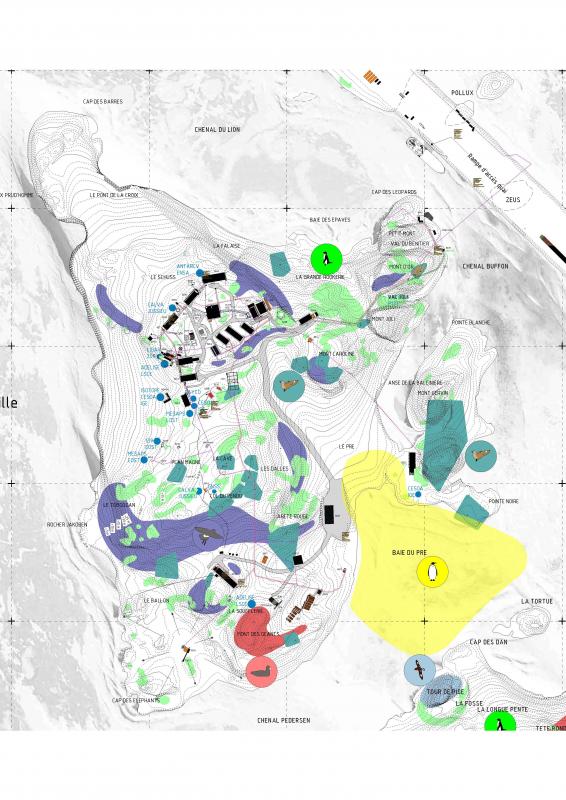Dumont D'Urville Antarctic Station
Feasibility studies and masterplan for the future of the French Antarctic research station Dumont D’Urville
The Antarctic, which covers 14 million sq. km, has been governed by a group of countries since the Antarctic Treaty System of 1959. The terms of the Treaty preserve the continent for scientific research, peace, preservation of natural resources and protection of biodiversity. Amongst the 60 or so scientific research stations around the South Pole, the French Dumont D’Urville (DDU) station on Petrel Island is now the subject of consideration concerning its future in this area at the heart of global geopolitical issues. The site’s accessibility by sea makes it ideal for the development of wildlife, notably colonies of penguins. On one hand, this allows for large areas of scientific study on land and sea, and on the other hand constitutes an undeniable asset to provide logistical support for the Franco-Italian research station Concordia, located 1200km further inland and reliant on DDU for supplies.
The station has been built incrementally since 1956: different typologies of buildings have been constructed to accommodate laboratories, living spaces and equipment (water, energy, waste, workshops, storage, etc.), and to house the scientists living on site for part of the year. The oldest of these, built in the 1960s, have acquired heritage status and the future of the station requires consideration of how it functions overall in order to stimulate research by facilitating the accommodation of scientists, improving comfort and making the station more environmentally efficient.
In light of this, the Institut Polaire Paul-Emile Victor (IPEV) and Terres Australes et Antarctiques Françaises (TAAF) commissioned feasibility studies and a masterplan in order to establish a vision of the station for 2050. The aim of this mission is to analyse the existing buildings and the possibility of improving their efficiency, the rationalisation of the overall masterplan of the station, and designs for new, more comfortable accommodation to reinforce France’s presence in the Antarctic.
The main types of construction on the station are buildings known as ‘Spair’, ‘Fillod’, ‘Hangar’ and ‘Siporex’ after their building systems, each representative of its period. Over time, renovations have been carried out in an attempt to resolve certain issues due to the extreme conditions and the age of the constructions.
The feasibility studies include exhaustive analysis of the buildings on the site, of their energy efficiency, their current state, and how they are used. On the basis of this information, a BIM model was developed of the buildings making up the station. The possibilities for renovating the envelopes of each typology of building were then explored with a view to improving thermal efficiency. An understanding of the carbon imprint, notably with regards transport, was fundamental for conducting this process. The buildings will, as far as is possible, be renovated, without demolitions, in order to minimise the very high carbon impact of evacuating elements of dismantled buildings and importing new materials. The proposal is thereby to reduce the station’s energy consumption while also limiting the carbon footprint of the new constructions.
By attributing suitable levels of comfort to the various typologies of renovated buildings, the team has redistributed functions on the site. Thus, each building is heated only as much as strictly necessary. Within the station, the team has proposed grouping functions on the higher point of the island to leave as much space as possible for wildlife, reducing disturbance from human movement around the station. The isolation of the site makes it vital that on-site personnel are not only able to modify and maintain the buildings themselves, but also to assemble the new buildings.
The masterplan offers improvements in user comfort for the scientists, while maintaining the spirit of expedition so closely associated with the station. The aim is not to create an enclosed, hermetically sealed ‘cocoon’ for the researchers.
The studies also include a new construction to cater for the increased numbers of personnel foreseen for the future. In order to limit its footprint and carbon impact, a steel-structured bridging–building with a prefabricated timber framework is proposed, placed above one of the existing buildings. The gap between the existing and new constructions allows for air passage, thereby avoiding the formation of snow drifts.
The studies must contribute to making the station more attractive to scientists from around the world and ensuring continued research in this singular land.

